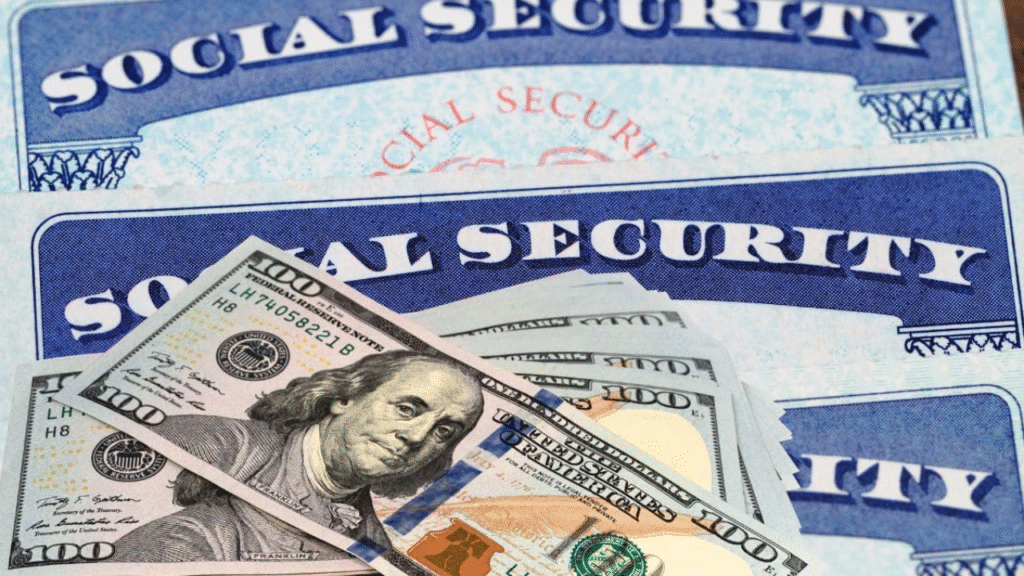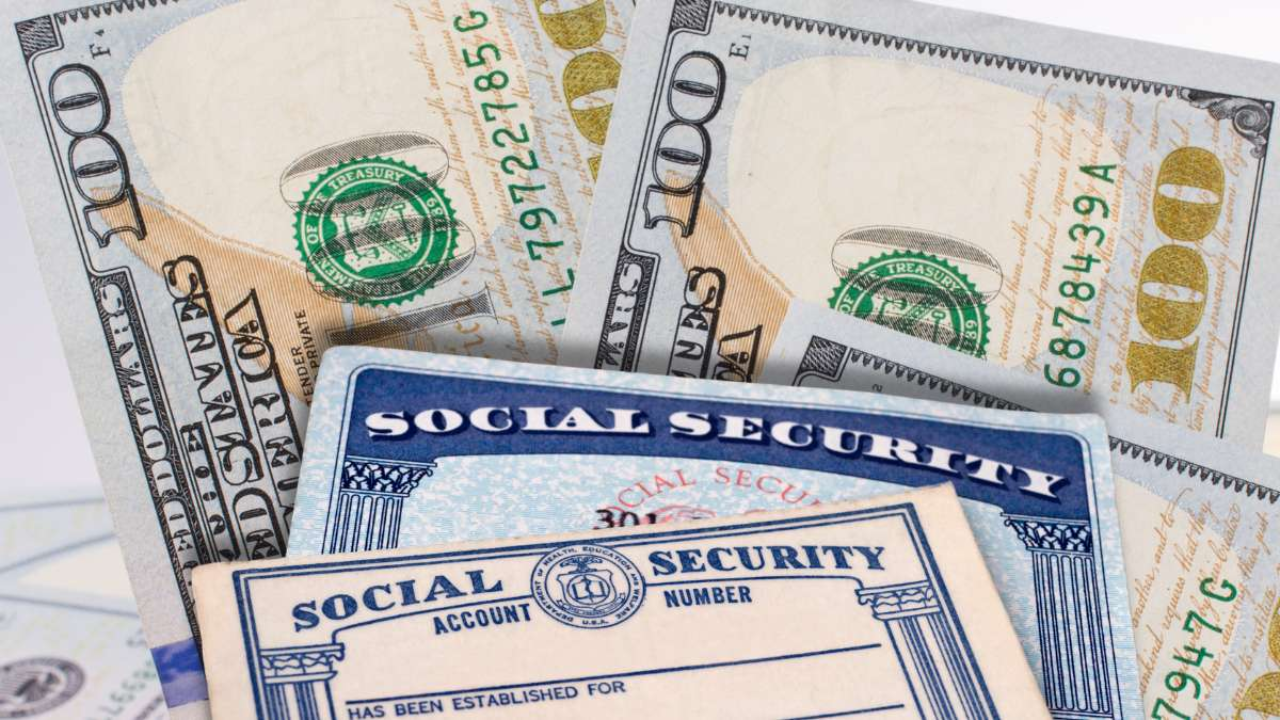The Social Security Administration (SSA) is a critical pillar of financial support for millions of people in the United States. It provides various benefits to qualified individuals, including retirement, disability, survivor, family benefits, Supplemental Security Income (SSI), and Medicare.
For many Americans, Social Security benefits are an essential part of their income, helping to cover daily expenses, medical costs, and more.
Understanding the different categories of Social Security benefits is key for beneficiaries to know when and how they will receive their payments.
These benefits are designed to meet different needs, from helping those who can no longer work due to age or disability, to providing assistance to families in the event of the death of a worker.
Types of Social Security Benefits
The Social Security Administration offers a wide range of benefits to different groups of people. Here are the main types of benefits:
- Retirement Benefits: Social Security retirement benefits are available to people who are 62 years old or older, depending on their earnings history. These benefits are paid monthly, based on the lifetime earnings of the individual.
- Disability Benefits: Disability benefits are offered to people who cannot work because of a disability or blindness, provided they have a sufficient work history.
- Survivor Benefits: These benefits are provided to certain family members of deceased workers, helping them financially after their loved one passes away.
- Family Benefits: Family members of people eligible for retirement or disability benefits can receive Social Security family benefits.
- Supplemental Security Income (SSI): SSI is a program for individuals with limited income and resources who may not qualify for other Social Security benefits.
- Medicare: Medicare is a health insurance program for people aged 65 or older, or for those under 65 who have specific disabilities.
These various programs aim to ensure that no one is left behind in their time of need, providing financial support and healthcare to those who need it the most.
The Shift to Electronic Payment Methods
Since March 1, 2013, all new applicants for Social Security or SSI benefits have been required to receive their payments electronically.
This change was made to increase efficiency and reduce the risk of fraud and errors. Beneficiaries have two main options for receiving their payments:
- Direct Deposit: Direct deposit is a fast, secure, and reliable method of payment. It ensures that funds are transferred directly into a bank account, which is accessible at any time.
- Direct Express® Debit Card: This is an alternative option for people who may not have a bank account. The Direct Express® card allows beneficiaries to receive their payments in the form of a prepaid debit card. The card can be used to make purchases, pay bills, or withdraw cash from ATMs.
Both payment methods provide convenience, safety, and efficiency, ensuring that beneficiaries have access to their funds without delay.
May 2025 Social Security Payment Schedule

The SSA follows a payment schedule based on the birth dates of beneficiaries. This ensures that payments are distributed fairly throughout the month, making the process more manageable for the agency and its recipients.
For the May 2025 payment cycle, the following schedule applies:
- May 1: SSI payments will be issued on this date for those who receive Supplemental Security Income.
- May 3: Social Security payments for special cases are issued. This may include individuals who receive both Social Security and SSI or those who have unique payment circumstances.
- May 14: Payments will be made to beneficiaries born between the 1st and 10th of the month.
- May 21: Individuals born between the 11th and 20th will receive their payments.
- May 28: Payments for those born between the 21st and 31st will be made on this day.
By organizing the payment schedule around birth dates, the SSA can handle the high volume of beneficiaries efficiently. This system helps spread out the processing and distribution of payments, minimizing delays.
Special Payment Cases for May 2025
There are a few unique situations where payment dates may differ from the standard schedule. Some individuals may have received their Social Security benefits before May 1997 or may be receiving both Social Security and SSI benefits. These individuals are given special consideration in the payment schedule.
In May 2025, the 3rd of the month falls on a Saturday. Typically, Social Security payments are made on the 3rd of the month for those who fall under these special cases.
However, because this date falls on a weekend, beneficiaries in these cases will receive their payment on the next business day, which will be Monday, May 5th.
Additionally, SSI payments are typically made on the 1st of the month, which will be Thursday, May 1st, but if the 1st falls on a weekend, payments are made on the closest business day.
What to Do if Your Payment is Late?
It’s essential to keep track of when your payment is expected to arrive, especially if you rely on these funds for monthly expenses.
If a payment does not arrive on the expected date, it’s important to wait for three additional days before reaching out to the SSA. This allows enough time for any mail delays that may occur.
For individuals who receive payments electronically, it is much less likely that there will be any significant delays.
However, if an electronic payment is not received within a reasonable timeframe, it’s advisable to contact the SSA for assistance. Electronic payments are the preferred method, as they are faster and more secure than paper checks.
How to Contact the SSA?
If you encounter any issues or have questions about your payment, the SSA offers several ways to get in touch.
The best method is often through the SSA’s website, where you can check your payment status or report an issue. You can also call the SSA’s toll-free number to speak with a representative.
Final Thoughts
Understanding the Social Security payment schedule for May 2025 can help beneficiaries better plan their finances. By knowing the exact dates payments are expected, recipients can ensure they have the funds they need for the month.
Whether you receive your payment by direct deposit or via the Direct Express® card, it’s important to keep an eye on your expected payment date and plan accordingly.
If your payment is delayed or you have questions about your benefits, don’t hesitate to reach out to the SSA. They are there to help ensure that you receive the financial support you need.



